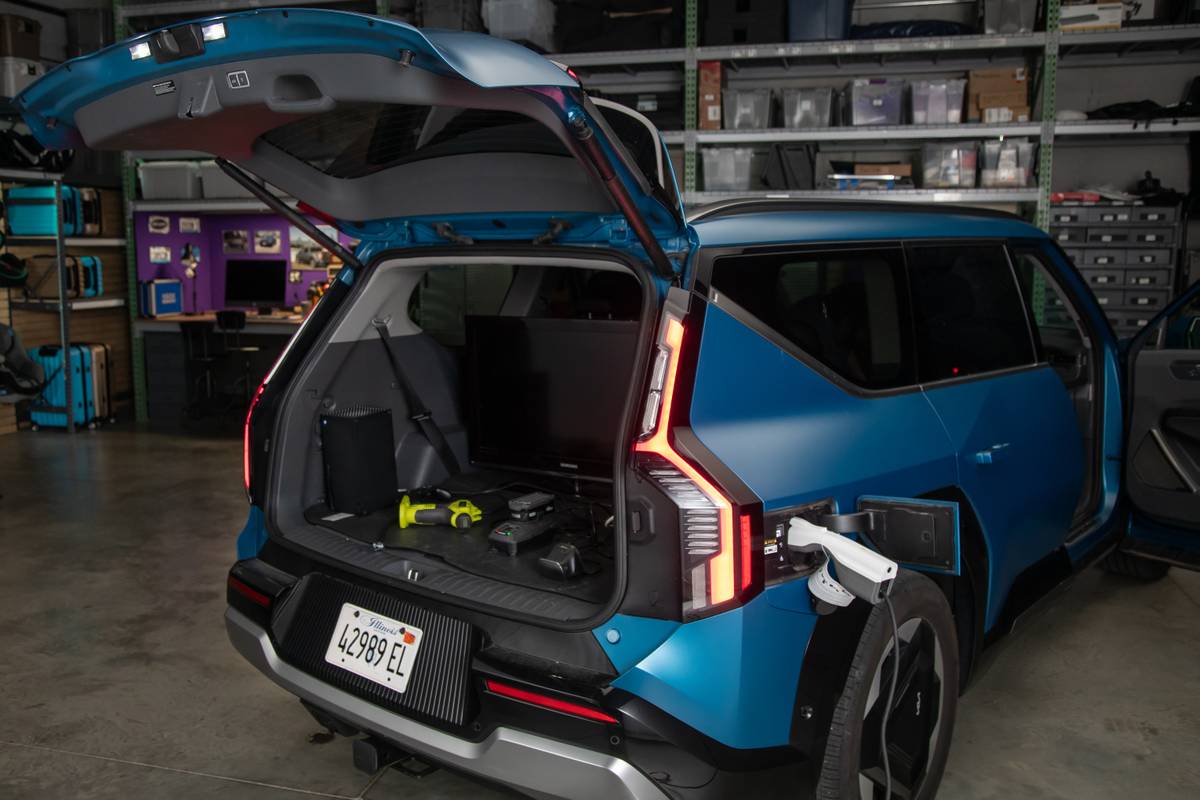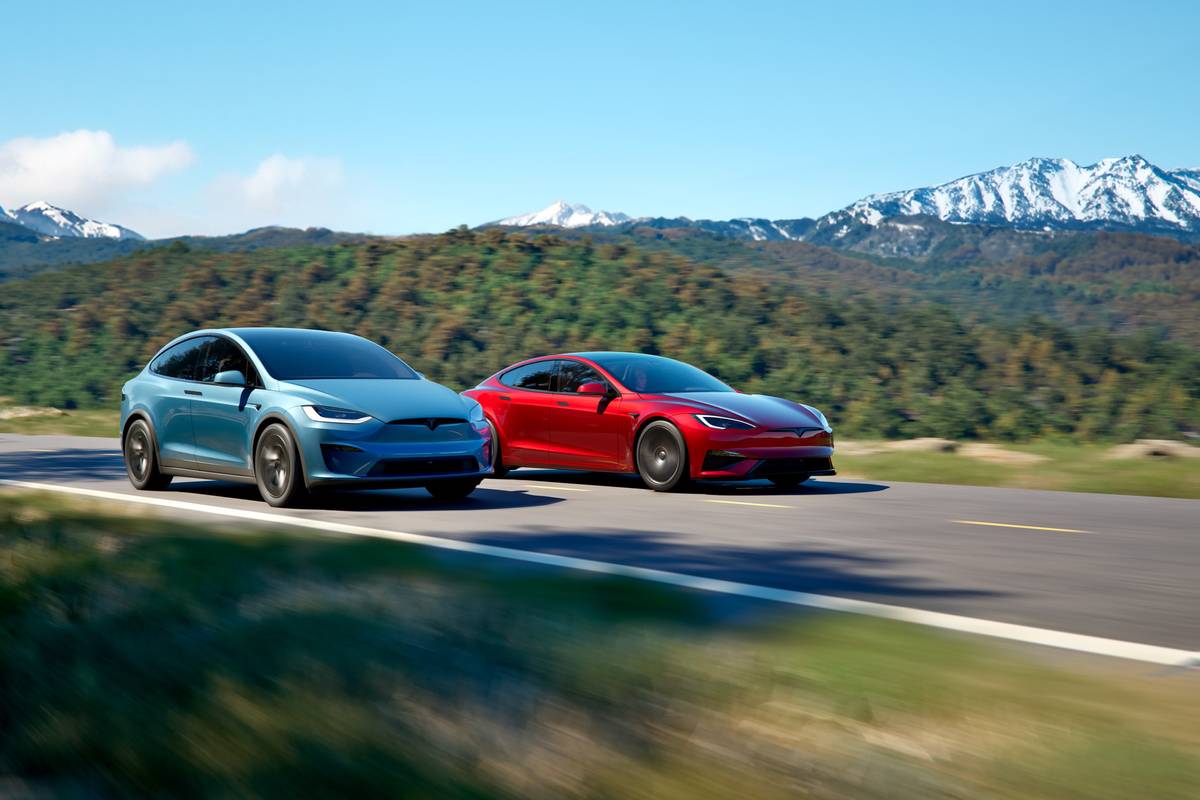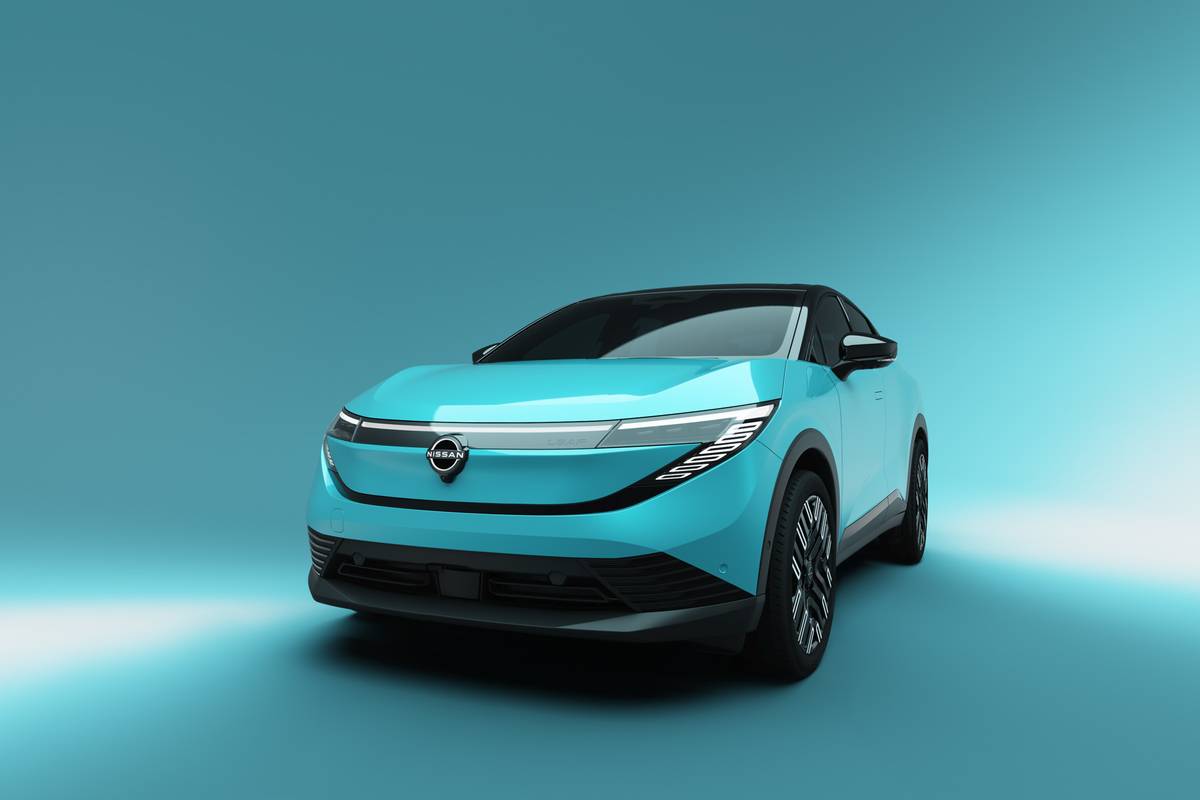Orlando Sentinel's view
The Lexus RX 300 was introduced in 1998, arguably the first of the luxury “crossover” SUVs, meaning that it sort of crossed over from truck to car. Sport utes were typically based on truck platforms, but the RX 300 was based on the Toyota Camry platform. Would customers give up the ruggedness of a truck-based SUV for the relative comfort and familiarity of the RX 300?
Indeed they would. The RX 300 quickly became the best-selling SUV in its segment, and the best-selling Lexus. Sales topped out at a healthy 89,864 in 2000, and they remain strong.
With the arrival of an all-new Camry, an all-new Lexus RX 300 was inevitable, but it took a bit to get here. The 2004 Lexus RX 330 – so named because a 3.3-liter V-6 replaces the 3.0-liter in the RX 300 – has shown some sales strength in its limited time in dealer showrooms.
The RX 330 is bigger than the model it replaces, with an increase in overall length of about 6 inches and smaller increases in height and width. Even so, the RX 330 remains a five-passenger vehicle, though some competitors such as the Acura MDX offer third-row seating. If you need more room, Lexus will sell you a larger truck-based GX 470 or LX 470 sport ute.
The RX 330 sport utility vehicle is more about “sport” than “utility.” The test model was front-wheel-drive; though four-wheel-drive is available, there’s no low-range gearing, suggesting that the vehicle is more attuned to slick city roads than rutted rural trails.
Inside, it felt that way, with lots of creamy leather and genuine wood trim that is some of the best-executed on the market. Tons of luxury features are standard, and the few that aren’t were options on the test model, raising the reasonable $35,025 base price to a heady $45,848.
Those options included “adaptive cruise control,” which slows the vehicle to maintain what it thinks is a safe distance from the vehicle in front when the cruise is engaged. A DVD-based rear-seat entertainment system, with a flip-down color screen and a pair of wireless headphones, adds $1,840.
Heated front seats, rain-sensing wipers and 18-inch tires and wheels all added to the price, but the big hit was the satellite-linked navigation system, paired with a Mark Levinson audio system, plus a lot of other oddly included features such as a power sunroof, HID headlights, and a rear back-up system that showed an image from the rear-view camera when you’re backing up. That package added $6,770.
Inside, there’s nothing to complain about. Front and rear seats are roomy and comfortable, instruments and controls are where they should be.
On the road, the RX 330 gives a very smooth ride, at the marginal expense of handling. The Lexus will carve its way along winding roads, but there’s enough body lean to make the trip less invigorating than it would be in, say, a BMW X5.
The 3.3-liter V-6 has plenty of muscle, with a healthy 230 horsepower, though th at’s still 30 horses shy of the Acura MDX. The five-speed automatic transmission is a nice match to the engine. Fuel mileage, at 20 mpg city, 26 mpg highway, is about average. With the optional towing package, the RX 330 will tow 3,500 pounds.
Lexus expects to sell about 75,000 copies a year, with some built in Japan – as the RX 300 was – and others in Canada, making it the first Lexus model built in North America. The RX 330s in dealerships now are Japanese – the Canadian plant in just cranking up.
Is the RX 330 better than the RX 300? Yes, but only because it’s based on a newer platform, is a little bigger and has a little more power. The RX 300 served its audience well, and so will the RX-330.
Base price: $35,025.
Price as tested: $45,848.
EPA rating: 20 mpg city, 26 highway.
Details: Front-engine, front-wheel-drive luxury SUV with 3.3-liter, 230-hp V-6 and a 5-speed automatic transmission.
Latest news



